New York’s diverse ecosystems are home to a variety of snake species. While most are harmless, it’s important to know which ones you might encounter on a hike or in your backyard.
Here are five snakes you should be aware of when exploring the wilds of New York.
1. Eastern Garter Snake
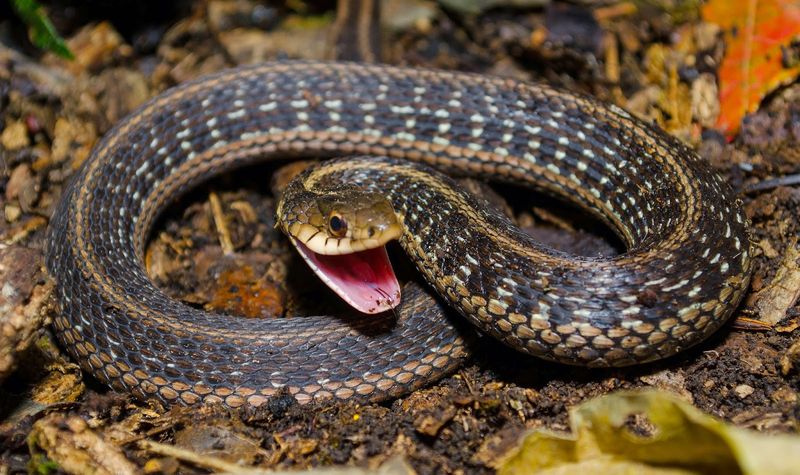
The Eastern Garter Snake is a common sight throughout New York. Easily recognizable by its three yellow stripes running down its back, this snake is non-venomous and often found in gardens, parks, and forests.
They can grow up to 48 inches long, though most are smaller. Garter snakes are adaptable, thriving in various habitats. They’re active during the day and are known for their quick movements.
These snakes primarily feed on earthworms, amphibians, and small fish, playing a crucial role in controlling pest populations. Despite their frequent encounters with humans, garter snakes are generally harmless.
However, they may emit a musky odor if threatened. Observing them from a distance is best, allowing them space to escape. Remember, they are protected by New York law, making it illegal to harm or collect them without a permit.
2. Copperhead
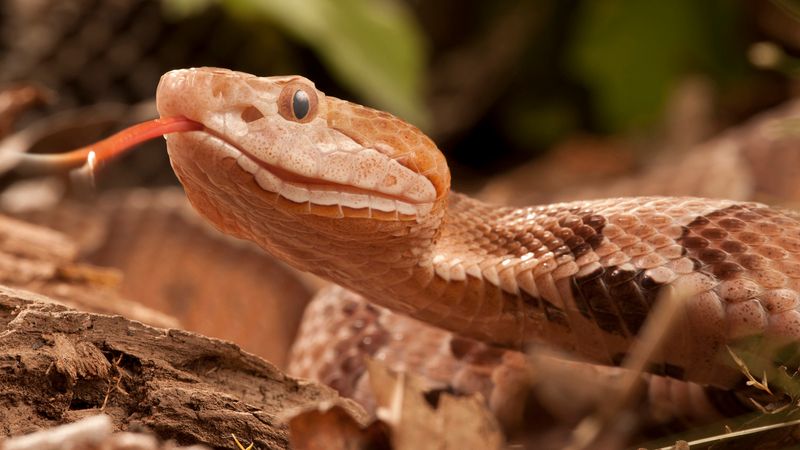
Copperheads are one of the few venomous snakes in New York. These snakes are notable for their hourglass-shaped bands and copper-colored heads. They prefer rocky, wooded areas, making them common in the Hudson Valley.
Despite their venomous nature, copperhead bites are rarely fatal. Most encounters occur when these snakes are accidentally stepped on. They rely on their camouflage for protection, so it’s crucial to watch your step in their habitats.
If bitten, medical attention should be sought immediately. However, copperheads usually avoid humans and strike only when threatened.
Educating yourself about copperhead habitats reduces the risk of unwanted encounters, allowing you to enjoy New York’s natural beauty safely.
3. Eastern Milk Snake
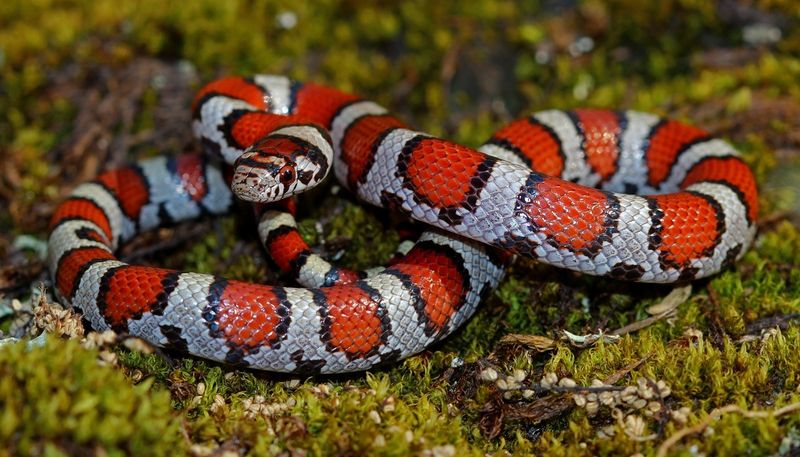
The Eastern Milk Snake is often mistaken for a venomous species due to its vibrant colors. Found in forests and fields across New York, these snakes have distinctive red blotches bordered by black on a gray body.
Milk snakes are non-venomous and secretive, spending much of their time hidden under logs or rocks. Their diet consists mainly of rodents, which they constrict before consumption. This makes them beneficial for controlling pest populations.
Encounters with milk snakes are rare as they are nocturnal and shy. They are harmless to humans and will usually flee rather than confront.
If you spot one, enjoy the sight, but avoid disturbing them. They play a valuable role in maintaining ecological balance.
4. Black Rat Snake
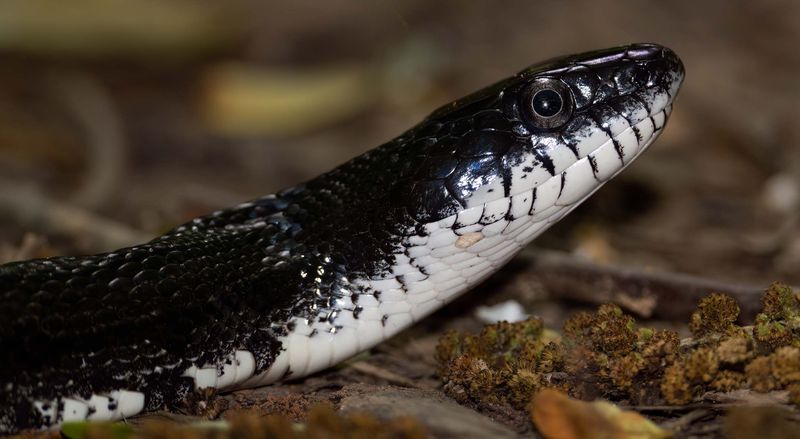
The Black Rat Snake is the longest snake in New York, sometimes exceeding six feet. Its glossy black scales and white chin make it easy to identify.
Commonly found in forests and farmlands, it plays a critical role in controlling rodent populations. These snakes are excellent climbers and can often be seen in trees searching for bird eggs or small mammals.
They are non-venomous and typically avoid confrontation, preferring to flee when approached. Despite their size, black rat snakes are not dangerous to humans.
They may hiss or vibrate their tails if threatened, mimicking a rattlesnake. Observing from a distance allows you to appreciate their grace without causing them stress. Remember to respect their space as part of New York’s diverse wildlife.
5. Timber Rattlesnake
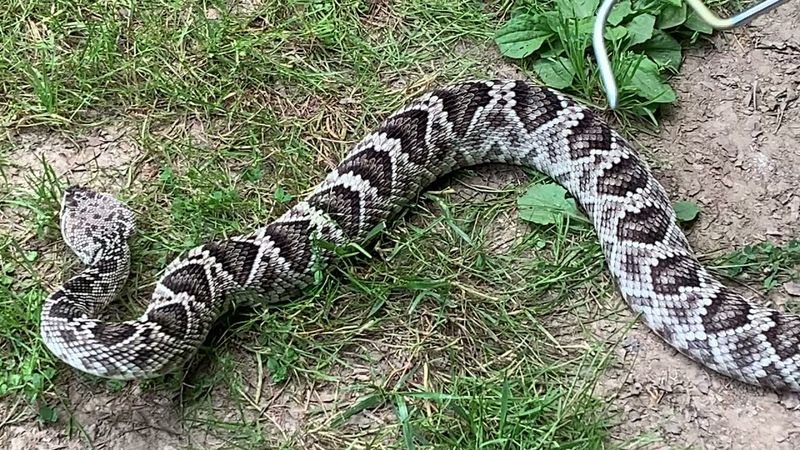
The Timber Rattlesnake is a majestic yet potentially dangerous inhabitant of New York. Recognizable by its rattle and distinct banded pattern, this snake prefers rugged terrains like the Adirondack Mountains.
It’s important to note that timber rattlesnakes are venomous, and their bites can be serious if untreated. They usually give a warning rattle before striking, allowing humans to retreat.
These snakes play a crucial role in their ecosystem by controlling small mammal populations. While encounters are rare, hikers should be vigilant in known habitats.
If you hear the distinctive rattle, remain calm and back away slowly. These snakes are protected by law, emphasizing the need to admire them from a distance. Respecting their role in nature helps preserve New York’s natural heritage.

